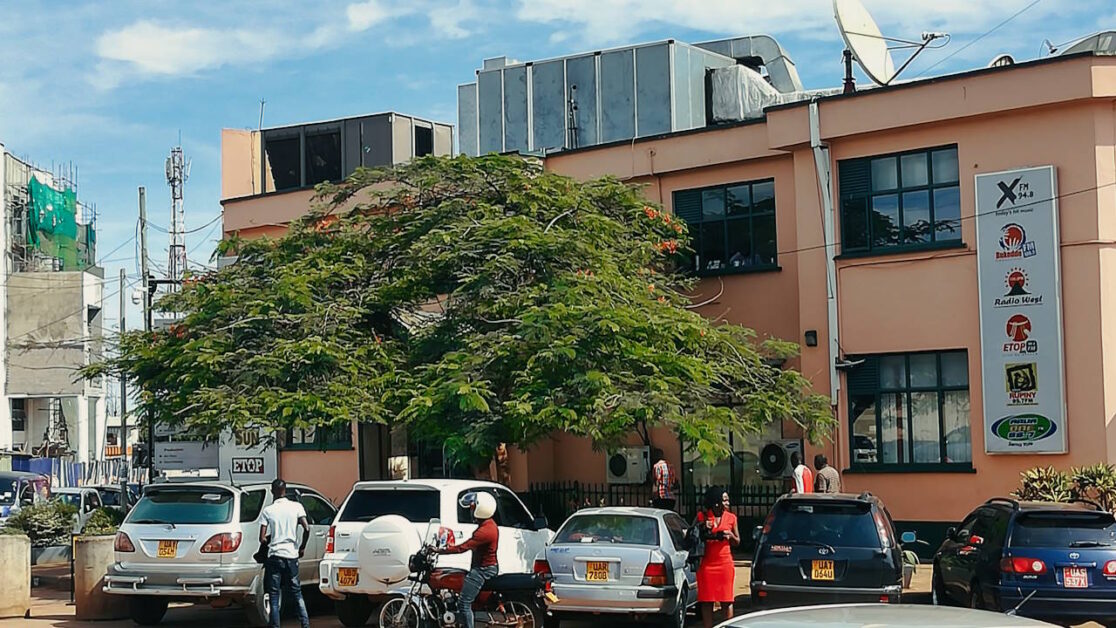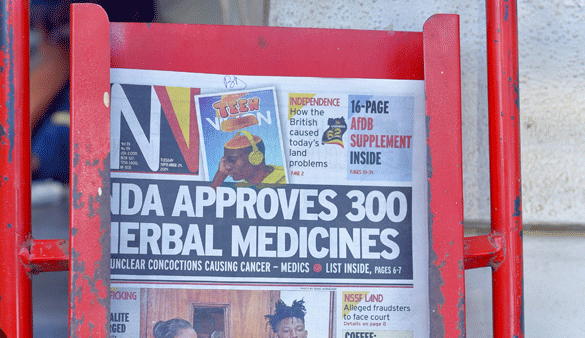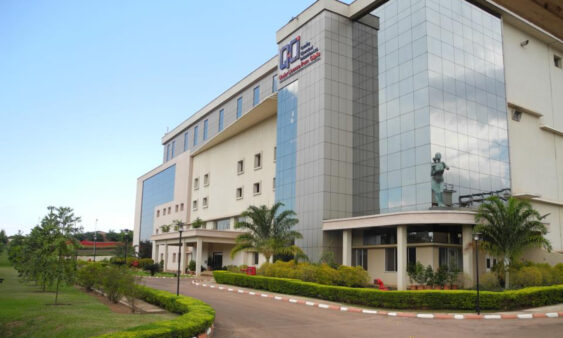Behind New Vision’s Numbers is a Business Model Under Strain

New Vision Printing and Publishing Company, a government-controlled entity, warned last week it will report yet another annual loss.
The loss, for the year ending June 2025, is the third in a row.
On the surface, this could pass for a broader media downturn – declining print revenues, slower advertising spends, and higher costs.
But a closer look at the company’s financials reveals a story of misaligned credit models, underperforming assets, and internal control risks.
These are quietly undermining the company’s resilience.
The third year of red ink
In a statement signed by CEO Don Wanyama, New Vision cited a “challenging business environment”.
He noted that a sluggish recovery in newspaper sales and advertising had been compounded by rising input and operational costs.
That admission is consistent with trends seen across global legacy media.
But what makes this moment different is that New Vision had forecast a turnaround.
As recently as December 2024, management expressed confidence in its “revenue initiatives and cost control interventions,”.
Through these, New Vision predicted improved performance by June.
Yet, six months later, that optimism has given way to a loss warning.
This suggests that either the recovery was overstated or the assumptions were flawed.
Financials tell a story of effort, not escape
There are glimmers of effort. In the half-year to December 2024, New Vision reduced its losses sharply, from UGX7.6 billion to UGX856.9 million.
Revenue rose 14.2% to UGX42.6 billion, breaking a three-year decline.
The cost of sales even fell 4.4%.
The new revenue streams—commercial printing, merchandise trading, and courier services—were profitable.
Yet, they couldn’t offset the decline in core segments like newspaper circulation and publishing.
By June 2024, the company’s revenue had dropped again by 8.3% year-on-year, dragged down by slumping advertising and publishing.
Net loss surged to UGX11.2 billion, the largest in New Vision’s history.
A clean audit masking quiet distress
Technically, New Vision remains “profitable, solvent, and compliant,” according to the Auditor General.
His 2024 report gave the company an unqualified opinion—the gold standard in financial reporting.
But that clean opinion doesn’t mean everything is fine.
It simply means the financial statements were prepared in accordance with accounting standards.
Within the report are subtle, but sharp, warnings such as a UGX1 billion impairment loss on intangible assets and a UGX4.9 billion provision for expected credit losses.
The report also noted that ageing receivables of over two years, worth UGX3.7 billion, with a collection rate of just 39% for sampled debts, presented threats.
Each of these flags is a leak. Not big enough to sink the ship—but left unchecked, capable of slowly flooding it.

When intangible assets stop speaking
Perhaps the most telling figure is the impairment on intangible assets—UGX1 billion in 2024, following UGX1.7 billion in 2023.
In a content-led business like New Vision, intangible assets are the soul of the company.
Impairing assets such as editorial systems, publishing software, design licenses, and intellectual property means the company no longer expects them to deliver the economic returns they once did.
That decision doesn’t happen lightly.
It’s based on discounted cash flow forecasts, terminal value calculations, and rigorous “value-in-use” modeling.
It suggests not just asset depreciation, but strategic doubt.
A silent admission that the investments made—perhaps in digital platforms or publishing rights—aren’t working out.
This isn’t routine accounting. It’s a red flag blinking quietly through the numbers.
But it is in trade receivables where the financial modelling disconnect becomes most apparent.
The credit illusion
New Vision’s books show a UGZ4.9 billion expected credit loss provision in 2024—up from Shs3.8 billion in 2023.
On paper, this suggests prudent risk management. But the underlying assumptions are outdated.
The company’s internal model assumes debts are recovered in 150 days (five months).
The Auditor General, however, found that only 39% of sampled debts were recovered.
On the other hand, he also found that over UGX3.7 billion in receivables are more than two years old.
This is more than a modelling error.
It’s a gap between belief and reality—a balance sheet buoyed by assumptions that don’t match market behaviour.
The Auditor General advised New Vision to revise its model to reflect actual collection trends.
Until that happens, the credibility of the company’s earnings projections may rest on shaky ground.
Operational blind spots
Another quiet but consequential issue is operational discipline—specifically, supplier reconciliations.
The Auditor General noted that reconciliations between supplier statements and internal records aren’t being done regularly.
Management claimed it happens quarterly, but best practice—especially before financial reporting—is monthly.
This isn’t just an internal paperwork issue.
In environments with thin margins and tight liquidity, poor reconciliations can lead to duplicate payments, undetected liabilities, and vendor disputes.
All of these quietly erode cash flow and trust.
In short, it’s a sign of control risk, not just poor oversight, but a deeper control risk.”

A shifting landscape
New Vision is not just another company—it is a legacy institution.
For decades, it has been government’s voice, the country’s record-keeper, and the dominant player in Uganda’s print media.
But the ecosystem has changed. Print is declining. Digital monetization is hard. Reader habits have fragmented.
New Vision’s disclosures—losses, impairments, receivables—are signs of a business trying to bridge the past and future, and struggling to find steady ground.
The company has made serious efforts—diversifying into courier services, merchandise, outdoor advertising.
Some have turned modest profits. But they are yet to scale meaningfully or offset the decline of the core business.
Many financial analysts now point out that the company needs to realign credit risk models to actual collection timelines—not assumed ones.
It also needs to reassess intangible asset strategies, especially where impairment is recurring and institutionalize monthly reconciliations with suppliers to reduce control risk.
Importantly, however, New Vision need to reframe the board’s agenda from reporting solvency to building operational resilience.
Because in today’s media environment, survival is no longer guaranteed by compliance.
It’s earned through sharper assumptions, tighter controls, and faster adaptation. New Vision still has options—but the time to act is narrowing.
Share this content:

 Q&A: Vikas Mehta on Agility, Innovation, and Reinventing Ogilvy Africa for Advertising’s Next Wave in Sub-Saharan Africa
Q&A: Vikas Mehta on Agility, Innovation, and Reinventing Ogilvy Africa for Advertising’s Next Wave in Sub-Saharan Africa







Post Comment